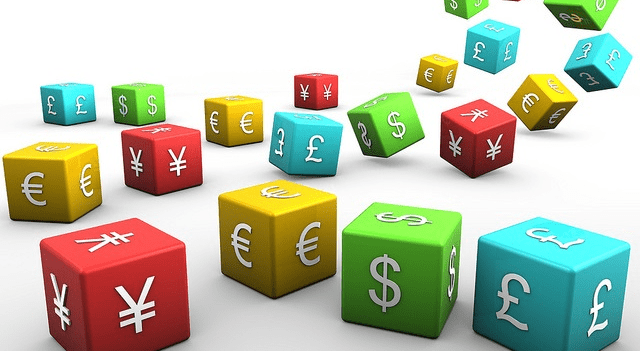The U.S. dollar extended its downward trend on Tuesday, hitting its weakest levels since early 2022 as investors increasingly factor in potential interest rate reductions. At the same time, worries are mounting over the fiscal implications of President Donald Trump’s proposed tax and spending plan.
By 04:25 ET (08:25 GMT), the Dollar Index—which tracks the currency against six major global peers—declined 0.2% to 96.275, marking its lowest point in over a year.
Dollar Under Pressure
The greenback’s retreat stems largely from rising market expectations that the Federal Reserve will soon adopt a more dovish stance. This is coupled with growing optimism about prospective trade agreements and political uncertainty surrounding Trump’s expansive tax and spending proposals.
Analysts at ING described the current dollar movement as an “orderly bear trend,” noting that while the dollar’s slide since April was driven by structural factors, recent losses have been more cyclical, reflecting early pricing in of Fed easing.
President Trump’s ongoing criticism of Fed Chair Jerome Powell—highlighted by a recent handwritten note urging U.S. rates be lowered to levels between Japan’s 0.5% and Denmark’s 1.75%—has unsettled markets and raised doubts about the Fed’s autonomy and credibility, further pressuring the currency.
Investor unease is compounded by intense debate in the Senate over the fiscal bill, which could increase the national debt by an estimated $3.3 trillion, adding to concerns about America’s financial outlook.
ING added that the dollar’s bear trend may need fresh macroeconomic data to maintain momentum, pointing to Tuesday’s June ISM manufacturing report and JOLTS employment figures as key releases to watch.
Euro Approaches Four-Year Peak
In Europe, the euro eased slightly by 0.1% to 1.1781 against the dollar, close to its recent four-year high of 1.1808. The single currency has surged 13.8% in the first half of the year—its best six-month performance on record, according to LSEG.
Traders are now focusing on preliminary inflation data from the eurozone expected later Tuesday, with forecasts around 2% year-on-year, aligning with the European Central Bank’s target.
Earlier this month, the ECB implemented its eighth rate cut in a year but hinted at a pause in future reductions amid ongoing trade uncertainties with the U.S.
Later Tuesday, manufacturing purchasing manager indices for France, Germany, and the broader eurozone will be released, alongside speeches by central bank officials at the ECB forum in Sintra, Portugal.
Pound Gains Despite Weak Housing Data
The British pound climbed 0.3% to 1.3764 against the dollar, nearing a three-and-a-half-year high reached last week.
However, new figures showed UK house prices dropped 0.8% in June, the steepest monthly decline in over two years and larger than expected, according to mortgage lender Nationwide.
Political risks also loom for sterling, as Prime Minister Keir Starmer faces pushback from backbenchers over welfare reform plans. The government has already made roughly £4 billion in concessions to pass the bill, but failure to secure approval could hurt both the pound and UK government bonds, given concerns about further fiscal concessions in an already tight budget environment, ING analysts said.
Yen Strengthens on Safe-Haven Demand
In Asia, the Japanese yen gained strength, with the USD/JPY pair falling 0.7% to 143.06. The yen benefited from safe-haven buying following President Trump’s criticism of Japan’s rice import policies and hints that trade talks might be cut off.
Japanese officials reiterated their commitment to pursuing a tariff agreement with the U.S. while standing firm on protecting the domestic agriculture sector.
Meanwhile, the Chinese yuan edged down slightly to 7.1624, near its strongest point since November, buoyed by positive manufacturing data. The Caixin PMI released Tuesday showed China’s manufacturing sector expanded in June, helped by a temporary tariff truce between Washington and Beijing.
